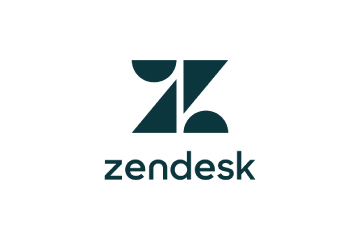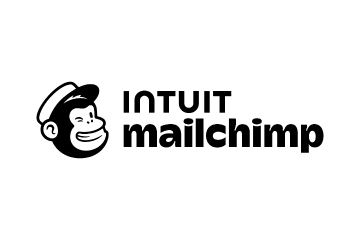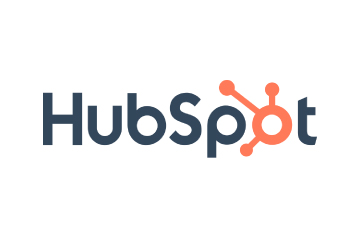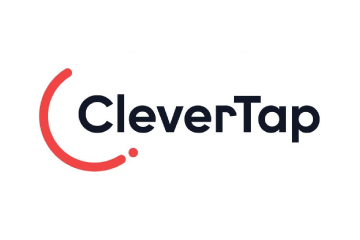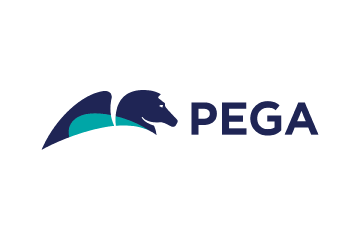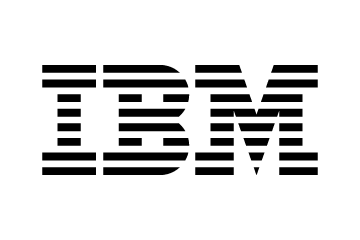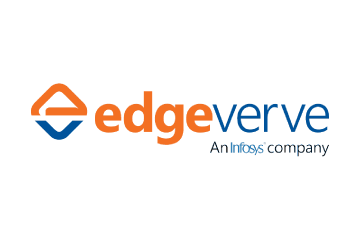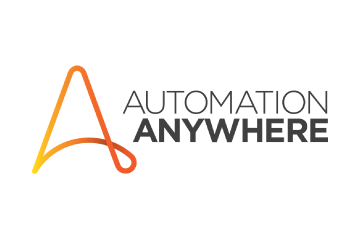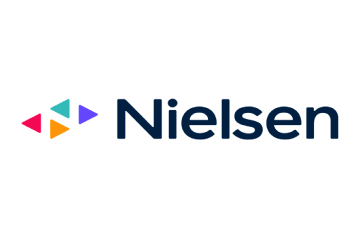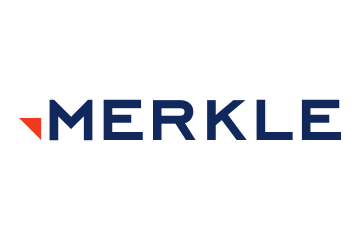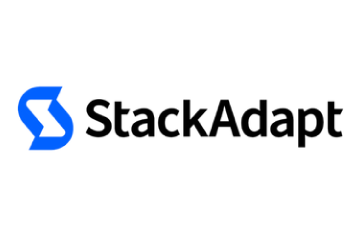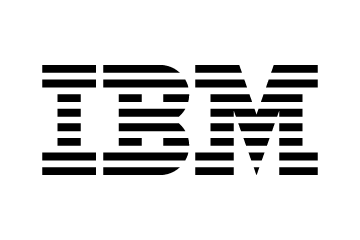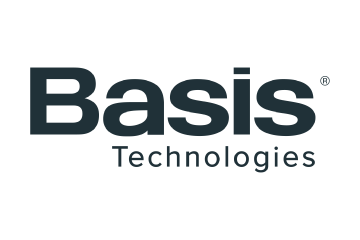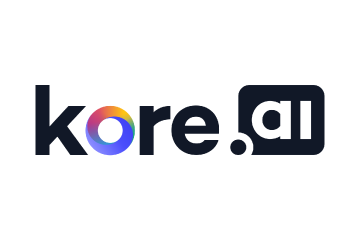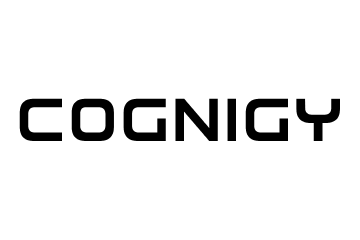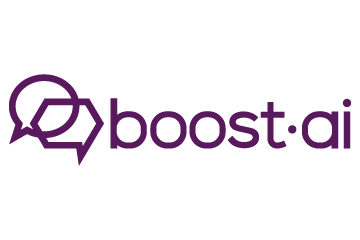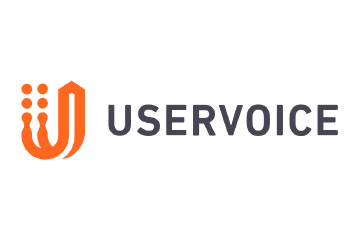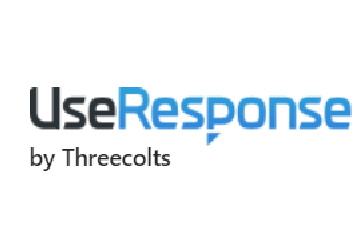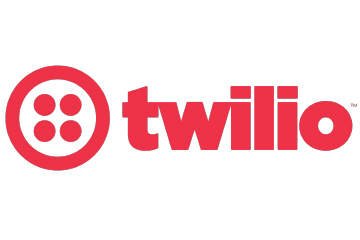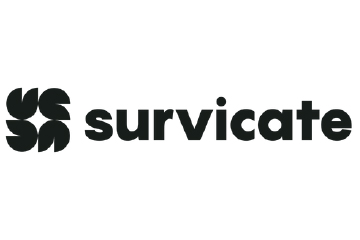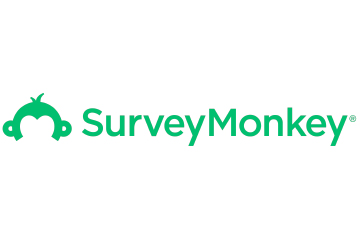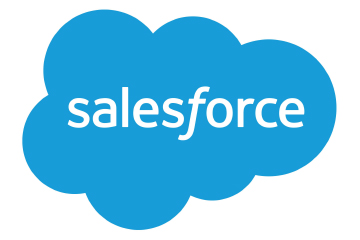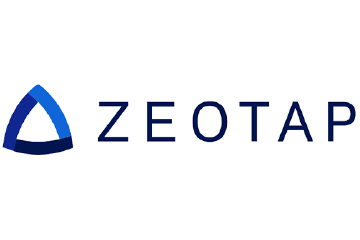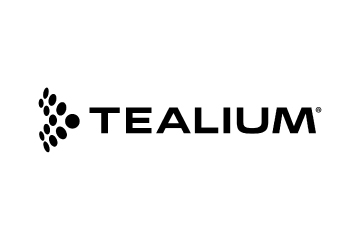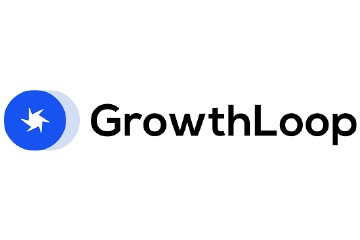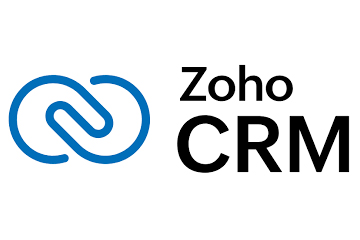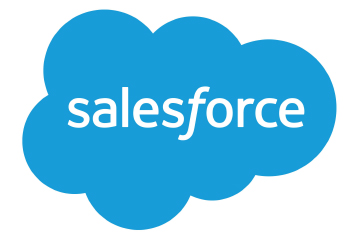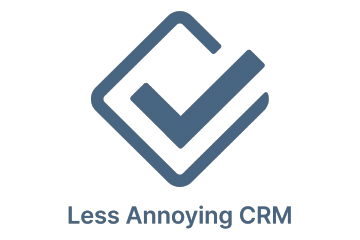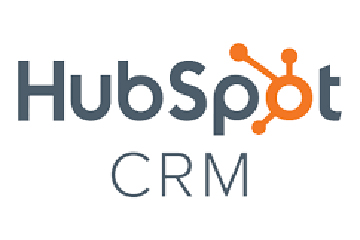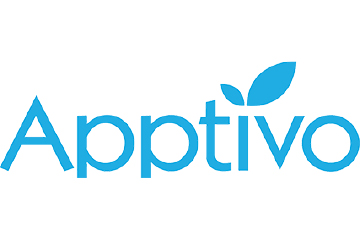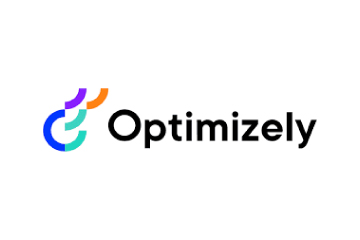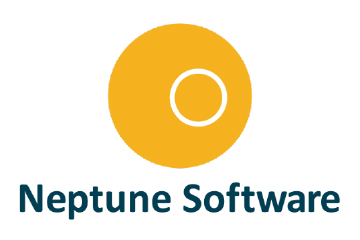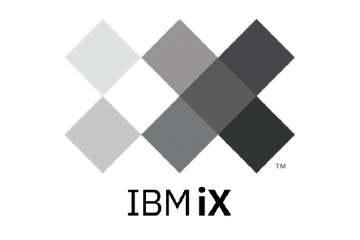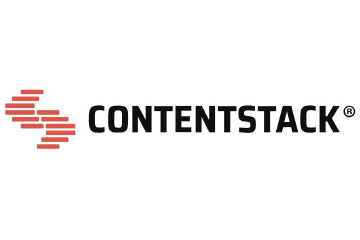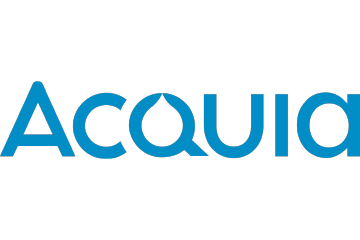7 Hard Truths About Building AI Products That Last
It’s tempting to build fast and iterate later. But lasting product success demands something harder: the discipline to build with purpose. Data, AI and Technology leader Sumaiya Noor discusses seven uncomfortable but essential truths about product strategy.
Topics

For years, product innovation has been fueled by excitement: a new framework, a breakthrough model, a rising trend. But in 2025, as AI weaves itself into every interface, the question that separates good AI products from enduring ones isn’t “What can we build?”—it’s “What should we build?”
According to the 2025 State of Martech Report by Scott Brinker, product management is now one of the most pivotal roles in the Martech ecosystem tasked with balancing rapid innovation, data complexity, and the promise (and pitfalls) of AI. As boundaries between product, marketing, and customer experience blur, the need for clarity, focus, and intentional design has never been greater.
Because behind every buzzword, be it LLM, Web3, or genAI, is a simple truth: if it doesn’t solve a real customer problem, it’s noise.
To ground this exploration, we turn to insights from Sumaiya Noor, Product, AI & Technology Leader, who has built B2B, B2C, and B2B2C SaaS products across emerging tech domains like AI and Web3.
Drawing from her product, engineering, and customer experience background, Sumaiya offers a refreshingly pragmatic lens, one focused not on hype cycles, but on human problems.
Strategy Can’t Be Built in Silos
In high-velocity environments, roadmaps shift, features morph, and priorities blur. So how do you keep AI product and marketing aligned? The answer lies in dissolving the silos entirely.
“We don’t build and then inform,” says Sumaiya. “We build together.” Cross-functional planning, with inputs from sales, marketing, CX, and engineering, not only improves go-to-market timing, it ensures that every feature is designed with customer communication in mind.
And yet, even with cross-functional harmony, another trap remains: building for the tech instead of the problem. That’s where disciplined product thinking becomes essential.
The Case for Problem-First Product Thinking
There’s a temptation to fall in love with an idea or worse, a technology. But as Sumaiya puts it: “Even the best idea is irrelevant if no one will pay for it.”
The most impactful products today aren’t those that chase AI for the sake of AI. They start with deep listening. They define the problem before prescribing the tech. And only then do they decide whether that shiny new model is the right tool.
But what happens when customer needs evolve faster than the solutions built to serve them?
When Customer Pain Points Evolve Faster Than You Build
Technology is changing rapidly but so are customer expectations. The feature they needed last month might feel redundant next week.
This is where continuous product discovery becomes non-negotiable. Beta feedback, prototype testing, and agile pivots must be baked into the build process. “It’s not about being right from the start,” says Sumaiya. “It’s about being flexible enough to shift fast, based on what your users actually tell you.”
Flexibility is key. Not just in building, but in knowing when to stop building. Because holding on to outdated features can be just as risky as launching the wrong ones.
Sunsetting Isn’t Failure, It’s Focus
Great teams know when to quit. That feature your team launched with pride may no longer serve its purpose—maybe a competitor has done it better, or your users have outgrown it.
The hardest part? Internal buy-in. “You’re not just retiring code,” Sumaiya notes. “You’re sunsetting people’s effort, pride, and belief.” But with clear metrics and shared goals, this becomes a strategic move, not an emotional one.
And as AI becomes embedded in more features, another layer of complexity emerges: unpredictability. Especially when the tech behaves in ways even its creators can’t fully control.
You Can’t Eliminate AI Hallucinations But You Can Contain Them
As large language models make their way into every workflow, a difficult truth remains: hallucinations are part of the system.
“If someone in the product world says that hallucination can completely be eliminated or can be mitigated, I think they don’t understand the technological side of LLMs or AI, artificial intelligence or agents that much,” says Sumaiya.
Rather than over-promise, product teams must scope narrowly, train models on proprietary data, and design safeguards to guide behaviour. “You can’t fully control LLMs but you can control how, where, and why you deploy them.”
But responsible deployment isn’t enough. You also need to know if your AI is actually adding value, which brings us to the challenge of building effective feedback loops.
Feedback Loops in AI Products Are Twice As Hard
Feedback is already tough in traditional product development. In AI, it’s even more layered.
“You need two types of feedback loops. One for validating the feature itself, the service itself, whatever you are trying to provide to the customer. In terms of solving their problem or pain point. If it’s an AI integrated or AI-based product, the additional feedback loop is also required to validate what type of value addition this AI integration is adding to your overall solution,” says Sumaiya.
You’re not only asking whether a feature works, you’re asking whether AI is meaningfully improving the experience. This means comparing pre- and post-AI metrics, collecting real-time usage data, and isolating AI’s impact on usability and satisfaction.
Even with feedback in place, product teams still face a difficult judgment call: which technologies are worth betting on, and which ones are just noise?
How to Tell If a Technology Will Stick or Fizzle
When everyone’s chasing the next “platform shift,” how do you know what’s real?
Sumaiya’s take: measure cost (financial, environmental, ethical), problem-fit, and long-term sustainability. Her critique of blockchain coin mining, versus her long-term belief in AI, isn’t about trendiness. It’s about impact. “Tech that creates more problems than it solves won’t last.”
In the end, it’s not about resisting innovation. It’s about choosing it wisely. In a world shaped by AI, what we build is only as good as why we build it.
ALSO READ: Brands Use Context Engineering to Appeal to Answer Engines







